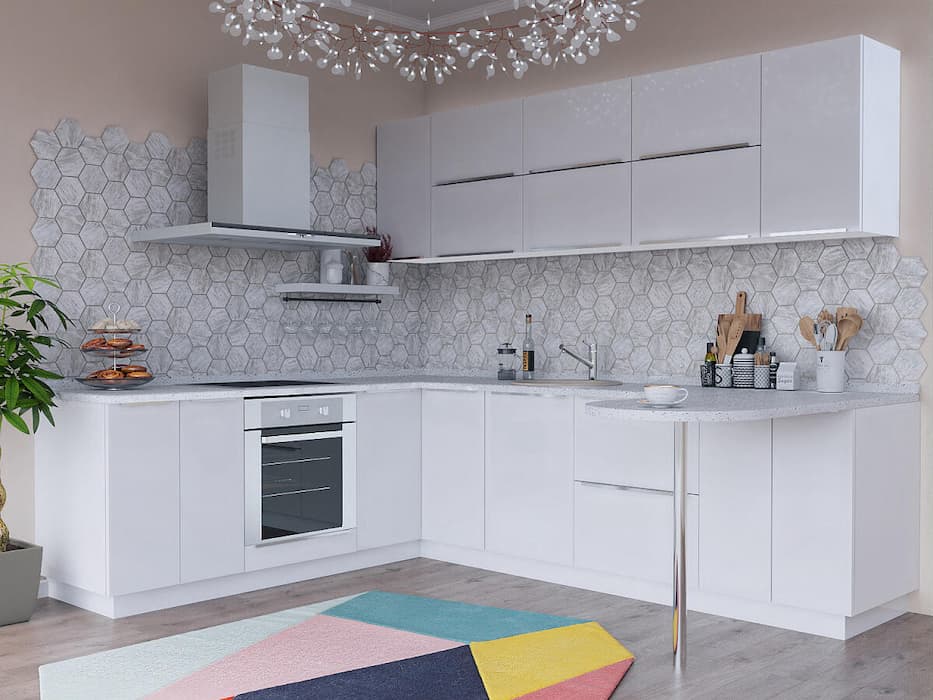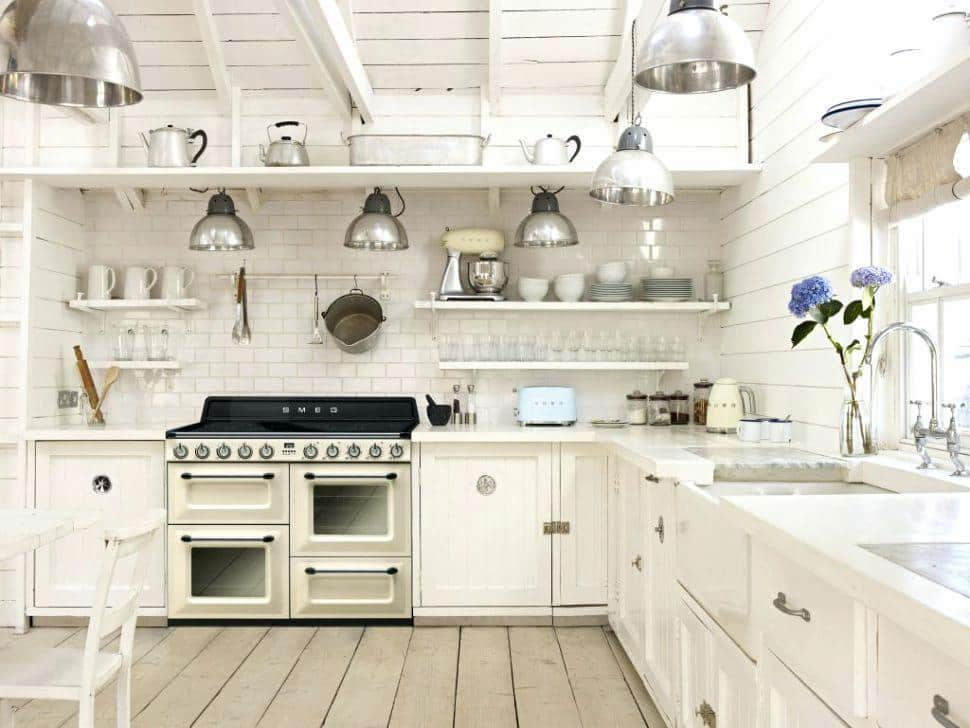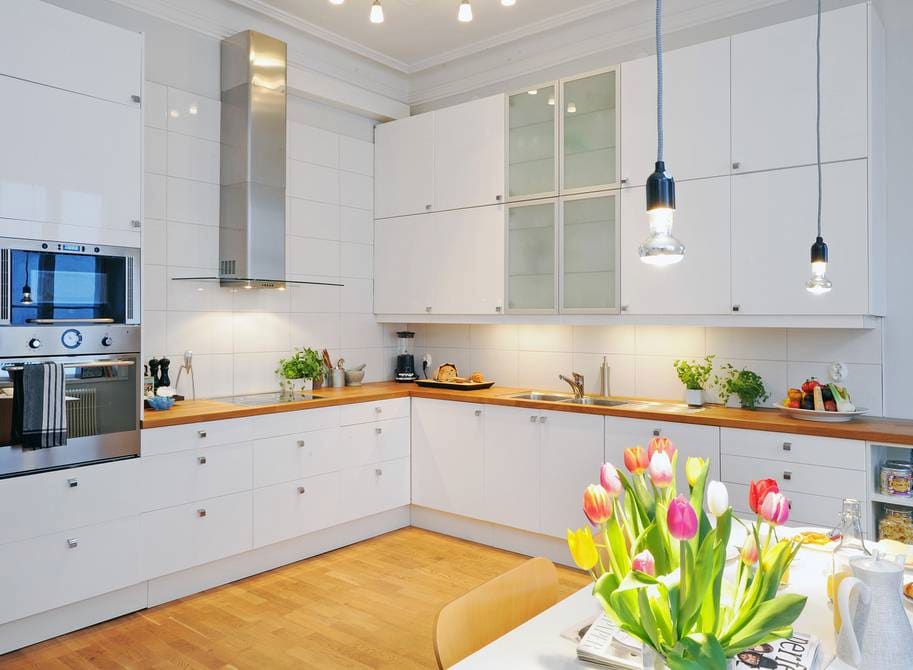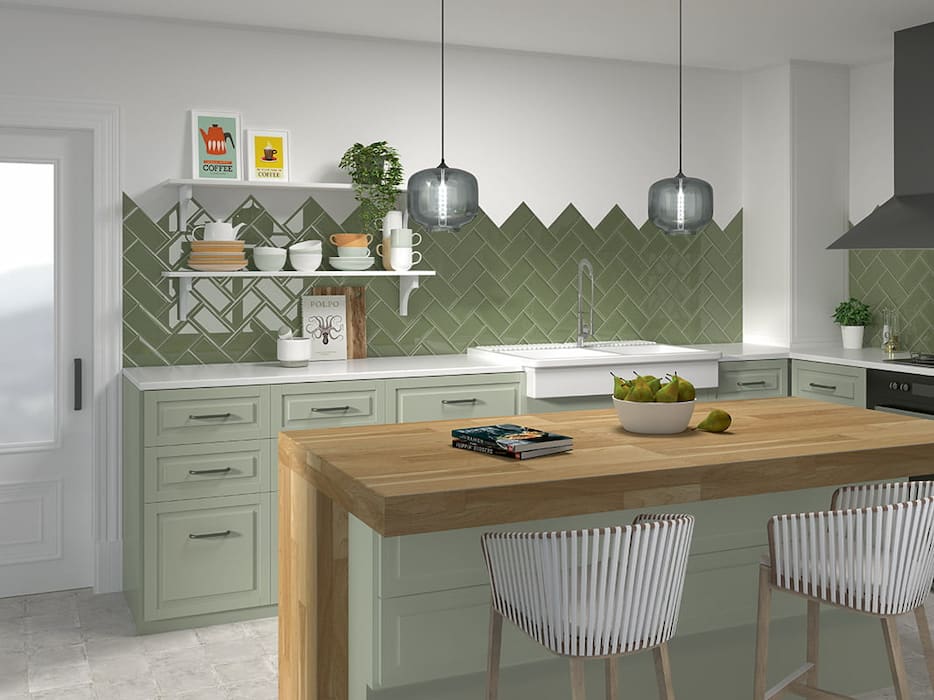The selection of tile trim for decorative tiles borders to use in houses and buildings may not be the most enjoyable aspect of purchasing tiles, but it is a crucial one.
If you want your tiles to continue looking fantastic for the longest amount of time possible, it is imperative that you take this precaution. The finishing touch of a project is the trim, which in the case of the tiling is like the cherry on top of the cake.
In the last phases of the process, you can find that you need an additional item that wasn’t initially ordered by the customer.
You not only give your design a more finished aspect by finishing it off with a trim or molding, but you also hide any dangerous sharp or uneven edges and, in certain situations, limit the amount of cleaning and care that is required.
To put it another way, how would you characterize the ideal conclusion?
Tile trims are available in a dizzying array of hues and patterns, giving you the freedom to select the trim that best complements the aesthetic of your tiles as well as the space as a whole.
When it comes to matching trim while laying tiles, you are typically only able to choose between bullnose and quarter-round. In other situations, a decorative trim could be the most appropriate method to add that something extra!

If you are not aware of the choices, it may be challenging to include finishings into the tile arrangement that you have chosen. Let’s begin by discussing the most frequent solutions available for trim work linked to tiling.
When it comes to ornamental moldings, the bullnose is the option that offers the most degree of versatility. Due to the fact that its edge is rounded in a parallel way, it is a perfect fit for the edge of the tile that you have.
To complete the look of your tile work, you may use something called a bullnose tile, which is also known as bullnose trim.
Because it eliminates the sharp corners and rough patches left behind by the tiles, it is the most secure option for the bathroom or the shower.
Bullnose trim is an excellent choice for a wide variety of applications, including wall corners, backsplashes, tub surrounds, niches, stairs, and virtually any other edge.
Because it provides additional protection against water that may seep between tiles, this kind of trim is excellent for use at the junction between the wall and the floor. This is because it may be used.
In all candor, a quarter-round tile is precisely what it sounds like: a tile with a rounded corner at one of its four sides.
This circular trim with a diameter of 14 inches is an ideal choice that can be used to accurately and smoothly seal a protruding perpendicular edge.
This form of tile trimming is used in bathrooms and other locations where a rounded edge is needed, such as on benches and shower dividers, and is utilized by our company.
This trim piece may be used to round out the corner of a backsplash, tub, or shower surround, as well as the border of a wall. It can also be used to finish off the top of a wall. The use of quarter-round tile is a great technique to round out the corners of squared-off tile patterns that are installed around entrances.

Although quarter-round tiles are a great practical option for making a secure outdoor corner, they may also be used as a decorative feature in between other tiles, much like the well-known pencil tile. This is because quarter-round tiles have a rounded edge, which gives them the appearance of a pencil.
In a room that is tiled, tile baseboards can be replaced with cove base tiles to provide a smooth and watertight transition from the wall to the floor. This is accomplished by using the cove base tiles.
Their principal function is to stop water from penetrating the joint between two surfaces, which is their primary purpose.
Covering the seam that is generated by the transition between a wall and floor with a cove base tile is done so when the wall and floor meet at a straight angle.
One additional advantage is that there will be a reduced need for cleaning on a regular basis.
The use of cove base tiles as the finishing touch in any tiled wall trim job is highly recommended. They are especially helpful in showers because they cover the floor seam, which stops water from leaking through and harming the floor and the walls.
Tile baseboards, similar to typical floor baseboards, may conceal unattractive seams where the wall meets the floor and provide a decorative touch to your house.
Tile baseboards are also an alternative to regular floor baseboards.
When used in conjunction with tiled walls and floors, baseboard tile trims provide a fantastic aesthetic effect.
If you have to clean the flooring in your kitchen or bathroom on a regular basis, installing baseboard tiles is a better alternative than installing MDF or hardwood baseboards, which can warp and swell in humid settings.
This is because baseboard tiles can be cleaned more easily.
These tile trims have a spherical shape with rounded corners and are about the size and shape of a pencil.
Their name implies that this is the case, as well. These are the minute bits that are affixed to the margins of mosaic tiles in order to provide borders or to denote the transition between various components of the design. Using pencil liners is a quick and easy way to give any design a polished and expert appearance.

A flat-liner tile may be used to highlight essential visual components in the same way that pencils can be used to frame important papers. In contrast to their competitors with a flat edge, pencil liners are distinguished by their capacity to provide a look that is richer in nuance.
Both designs are fantastic choices for a tile backsplash behind the range or for lining mosaic floor tiles. A flat liner with straight edges is an option to consider if you want a finishing touch that is a little bit more modern and sleek than a rounder one would be.
The original purpose of chair rail trim was to prevent chairs from leaving marks or dents on the wall, just as their name suggests.
Over the course of history, this particular variety of trim tile has developed into more than just a straightforward chair barrier in dining rooms.
Tile accents can be framed with carved chair rails, which can also be used to finish off a tile installation on a wall.
As an alternative to pencil tiles, chair rails are frequently utilized in order to provide a stylish trim finish.
Trim is sometimes used to frame stove splashes or other mosaic motifs, providing an impression of sophisticated architectural detail that is not quite as weighty as a baseboard but is still evident. This is because the trim is thinner than baseboards but still noticeable.
If you want your tile installation to have a polished and professional aspect, you may give it that effect by using tile trims around the borders.
Even after the tiles have been installed, a project using tiles is never fully finished. One of the most common mistakes that do-it-yourself tile installers do is failing to cover the rough edges of the tile with trim.
They either do not want to spend the additional money on trim pieces or they believe that the edge of the tile looks good enough without any further adornment. Having said that, following such a strategy might result in calamitous errors.

If your tiles are flush with their adjacent tiles, you won’t need to add a trim all the way around the outside of your project. In any other circumstance, trimming tiles is required in order to hide rough lines, round off sharp edges, and create a watertight seal.
It is essential to have trim in damp regions because it prevents water from gathering in the corners, which would otherwise raise the risk of seepage and leaks.
Taking proper care of the borders of your tile design is essential if you want it to continue looking fantastic for a significant amount of time.
You may create the impression that a high-end designer was responsible for the design of your space by adding finishing touches throughout the area.
Tile trims may be adjusted in terms of their forms, colors, and patterns so that they can give the ideal finishing touches for any kind of design. Tile trims may be utilized to either quietly compliment your design or call attention to the attractiveness of a tiled area.
Both of these purposes can be accomplished by using tile trims.
The correct accessory may make or break the overall aesthetic of your home décor, much as the right tie can make or break an outfit.
In the same way, the right accessory can make or break an outfit.
Give it a lot of thought before you go ahead and apply trim to finish the project you are working on.
You may find that the tile trim pieces you select not only add a nice finishing touch to your area but also shield it from potential damage.










Your comment submitted.